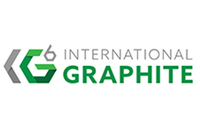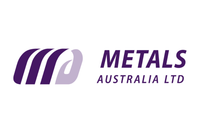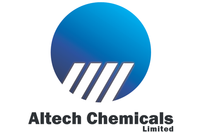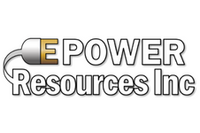Often-overlooked Graphite to Remain Predominant Anode Raw Material
With 102 lithium-ion megafactories in the pipeline, demand for graphite anode material could reach 2.4 million tonnes by 2028.
The anode space is entering a new era of growth, with graphite to remain the dominant raw material in both its natural and synthetic form, according to Benchmark Mineral Intelligence Head of Price Assessment Andrew Miller.
Speaking at this year’s Graphite+Anodes event, part of the Benchmark Minerals Week, Miller said that there are 102 lithium-ion megafactories in the pipeline, and demand for graphite anode material could reach 2.4 million tonnes by 2028.
“The anode supply chain is often overlooked in the lithium-ion battery story, but significant investment will be needed to meet future demand growth,” Miller added.
When looking at the total amount of anode capacity installed today, the number is 600,000 tonnes, but when looking at capacity under construction and outlined plans, Benchmark Mineral Intelligence expects that number to increase to 1.7 million tonnes.
“When we look at the technologies behind that, we see graphite as the dominant anode material, both in its natural and synthetic form,” Miller explained, with a blend of the two being the preferred anode material going forward.
Benchmark Mineral Intelligence, which recently launched its Anode Market Assessment, is tracking 66 producers of anode material, of which only 18 have electric-vehicle-scale capacity.
Miller said he expects to see some consolidation in the market, in particular in China, as well as producers committing to larger expansions to meet upcoming demand.
Looking at the impact of both synthetic and natural graphite, the expert said the market will grow at a 24 percent compound annual growth rate over the next decade.
“Both natural and synthetic markets have been built around the demand from industrial applications, but what we’ve seen is a soft outlook from the industrial sector,” Miller said. “Even though the foundations of this industry will remain strong, we believe the growth in this market will come from the value-added applications for graphite.”
The graphite space, said Miller, cannot be treated the same as a whole. The variation in products and processing channels is key in understanding the market.
“When looking in particular to batteries, you have to look at what type of material can actually supply those anodes — it is not all flake graphite or synthetic graphite,” he added. “In the longer term, what you see is that the graphite market, both natural and synthetic, isn’t set up for the type of demand batteries will be pushing in the next few years.”
Miller said producers are in a very challenging environment to raise capital for expansions.
“Supply chain partnerships are going to be critical on the anode side moving forward,” he added.
Miller also highlighted China’s reign in the space, both at an anode capacity and feedstock level.
“The isolation of supply in China should worry the development of downstream operations in the rest of the world,” the expert added.
Don’t forget to follow us @INN_Resource for real-time updates!
Securities Disclosure: I, Priscila Barrera, hold no direct investment interest in any company mentioned in this article.





